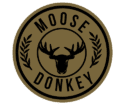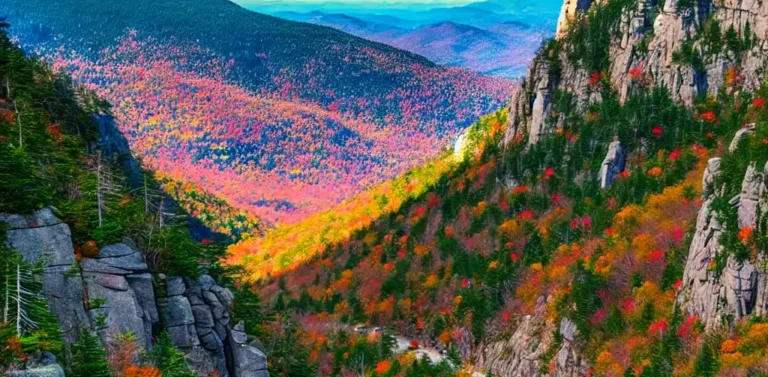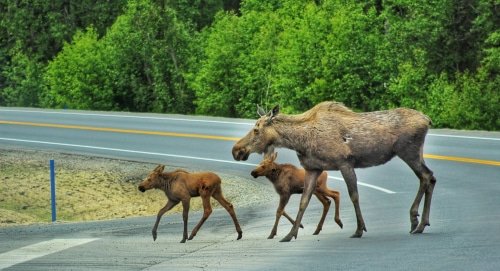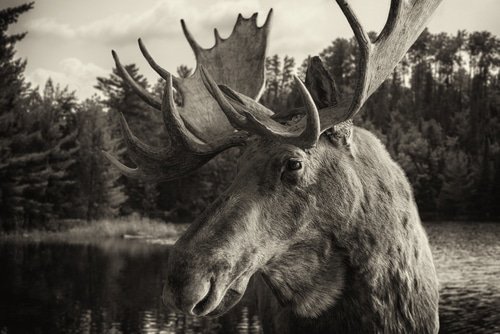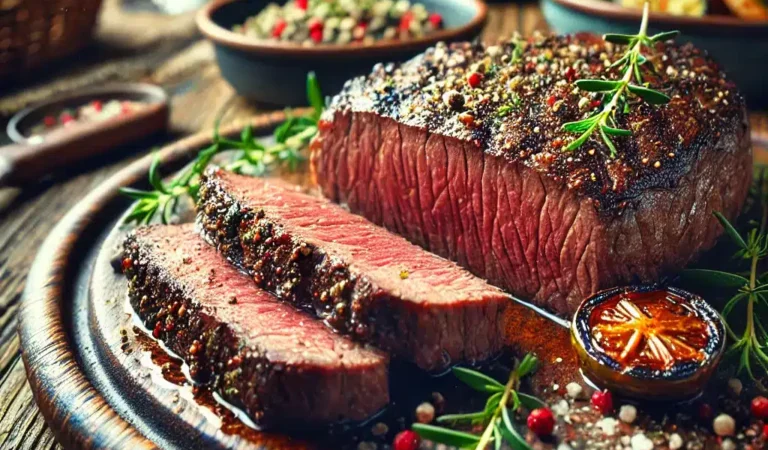The massive tracks in the wet earth told the story – a bull moose had passed through just hours before. For the lucky few Minnesota hunters who draw a coveted moose tag, moments like these represent the culmination of years of waiting and months of preparation. Welcome to Minnesota moose hunting!

Minnesota’s moose hunting landscape has changed dramatically over the past few decades. Due to declining moose populations, the Minnesota Department of Natural Resources (DNR) significantly restricted moose hunting starting in 2013. Today, hunting opportunities are limited to specific tribal subsistence hunting and carefully managed state-licensed hunts when population numbers allow.
Population Status and Conservation
- Current population: Approximately 4,700 moose (based on recent surveys)
- Primary range: Northeastern Minnesota
- Population trends: Showing signs of stabilization after previous declines
- Conservation efforts: Ongoing research and management programs
Hunting Opportunities in Minnesota
State-Licensed Hunting
When permitted by population levels, the DNR may authorize:
- Limited lottery-drawn permits
- Specific northeastern hunting zones
- Strict quotas based on population surveys
- Once-in-a-lifetime opportunity rules
Tribal Hunting Rights
- Band members of the Grand Portage, Bois Forte, and Fond du Lac bands
- Subsistence hunting within treaty areas
- Separate application and permit processes
- Traditional and cultural significance
Application Process and Requirements

State License Applications
- Submit through the DNR electronic licensing system
- Preference points system
- Application deadlines typically in May
- Significant waiting period for successful draws
Required Qualifications
- Valid Minnesota hunting license
- Firearms safety certification
- Age requirements
- Clean hunting record
Hunting Zones and Access
Primary Hunting Areas
- Superior National Forest regions
- Border country near Canada
- State and county lands in northeastern Minnesota
- Tribal lands (for eligible members)
Access Points
- Forest service roads
- State forest trails
- Public land access points
- Wilderness entry points
Hunting Seasons and Timing

Season Structure
- Typically, in fall (when seasons are held)
- Multiple hunting periods
- Weather considerations
- Rut timing influence
Optimal Hunting Times
- Early morning hours
- Evening approaches
- Weather impact on the movement
- Seasonal patterns
Equipment and Preparation
Required Gear
- Legal firearms and ammunition
- Minimum caliber requirements
- Recommended calibers (.300 Win Mag, .338, etc.)
- Navigation equipment
- GPS devices
- Topographic maps
- Compass
- Field dressing equipment
- Safety gear
Recommended Additional Equipment
- Quality optics
- Game calls
- Emergency supplies
- Camping gear
- Communication devices
Hunting Techniques
Scouting Methods
- Pre-season scouting
- Sign identification
- Trail camera use
- Habitat analysis
Hunting Strategies
- Still hunting
- Calling techniques
- Stand hunting
- Spot and stalk
Field Care and Transportation
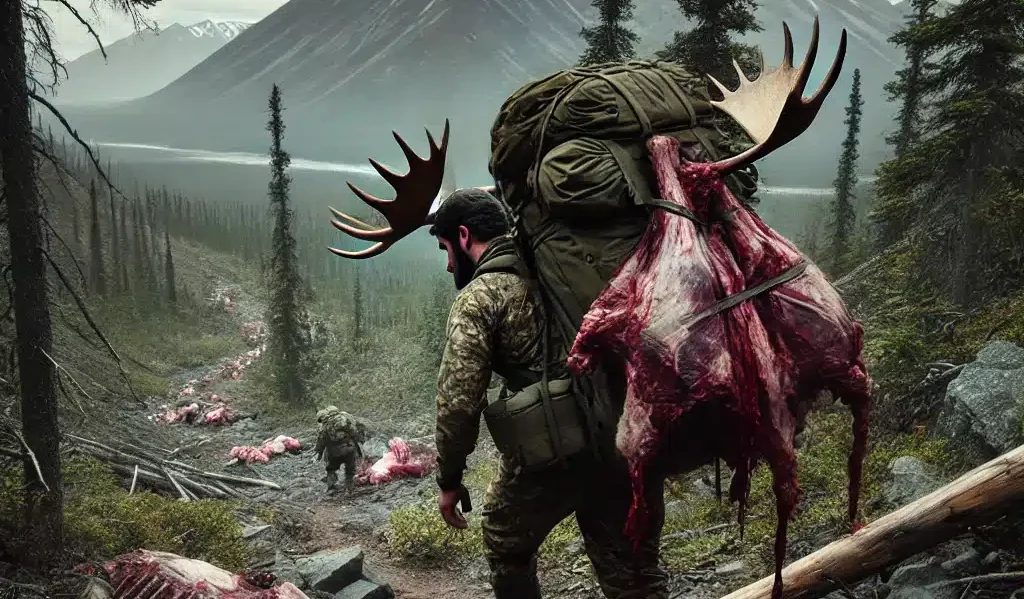
Field Dressing
- Immediate care requirements
- Proper techniques
- Cooling methods
- Meat preservation
Field Dressing
- Immediate care requirements
- Proper techniques
- Cooling methods
- Meat preservation
Legal Considerations
Regulations
- Tagging requirements
- Registration procedures
- Harvest reporting
- Meat care requirements
Regulations
- Tagging requirements
- Registration procedures
- Harvest reporting
- Meat care requirements
Planning Your Hunt
Pre-Hunt Preparation
- Physical conditioning
- Shooting practice
- Area familiarity
- Emergency planning
Pre-Hunt Preparation
- Physical conditioning
- Shooting practice
- Area familiarity
- Emergency planning
Conservation and Ethics
Hunting Ethics
- Shot placement
- Animal recovery
- Land stewardship
- Respect for wildlife
Hunting Ethics
- Shot placement
- Animal recovery
- Land stewardship
- Respect for wildlife
Tips for Success
General Advice
- Practice shooting
- Study moose behavior
- Learn the terrain
- Prepare physically
- Plan for weather
Common Mistakes to Avoid
- Inadequate preparation
- Poor shot selection
- Rushing the hunt
- Improper meat care
Conclusion: Minnesota Moose Hunting
While moose hunting opportunities in Minnesota are limited, they represent one of North America’s premier big game hunting experiences. Success requires careful preparation, patience, and respect for both the animal and the conservation efforts that make these hunts possible.
Whether applying for your first tag or planning a future hunt, understanding the regulations, requirements, and best practices is essential for a safe and ethical hunt.
Additional Resources
Further Reading
- DNR moose management plan
- Research studies
- Hunter education materials
- Local hunting guides
Contact Information
- Minnesota DNR
- Tribal natural resources departments
- Local conservation officers
- Emergency services
